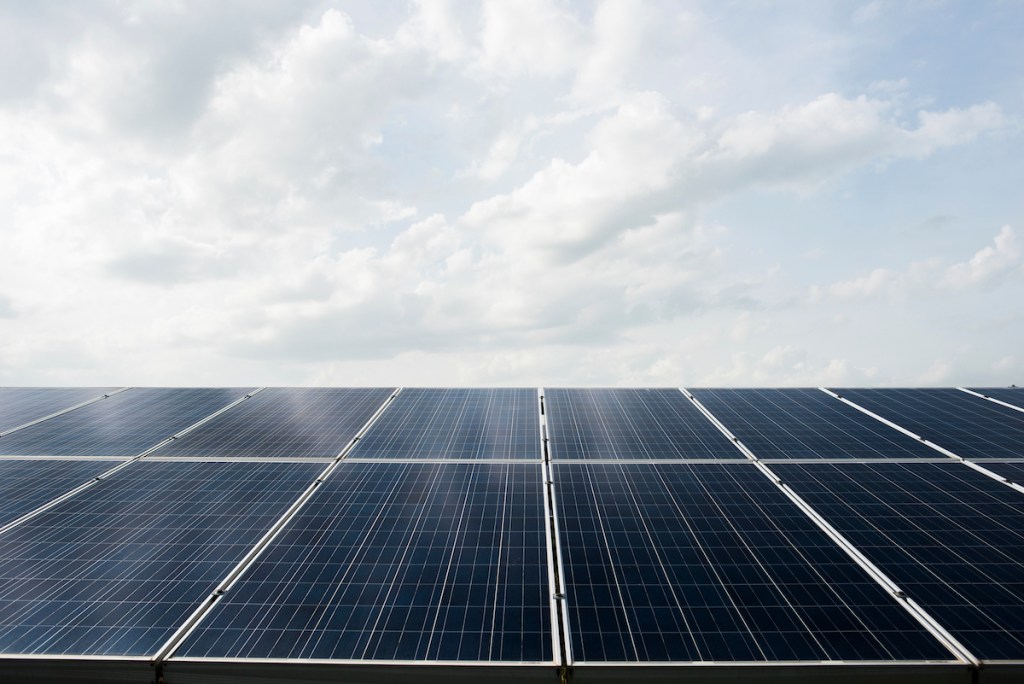Supervisor Das Williams was in a mood to preach. How could Santa Barbara hold itself up to the rest of the world as the birthplace of the environmental movement and the paragon of environmental virtue, he demanded, when large-scale solar operations had been all but outlawed by county zoning rules? Only in the hinterlands of the Cuyama Valley — Santa Barbara County’s parched high desert — were industrial-scale solar installations allowed, and then only on 600 acres of land.
In front of Williams and the four other county supervisors this Tuesday was an ambitious proposal to change the land-use rules to effectively legalize large-scale solar power. It was a good start, Williams said, but, “We’re in danger of perpetuating the hypocrisy by putting all our solar in North County,” he complained.
The planning document, he and all the supervisors agreed, needed to be opened up considerably to expand where industrial-scale solar operations — not to be confused with rooftop solar installations — could go. But the back-and-forth between the supervisors and their planning staff — and among themselves — made it apparent that the challenge before them was far more complicated than the flick of a switch.
The issue confronting the energy planners charged with transforming Williams’s big dreams into zoning reality was — and will be — the finite answers to such questions as: Why investigate zoning changes for commercial and industrial parcels if there are only 85 acres’ worth of vacant land? After taking inventory of all the vacant land existing in 22 different zoning designations, they concluded the most solar bang for the county’s solar buck could be obtained on large-scale agricultural operations — land zoned Ag II. Nearly 1 million acres in Santa Barbara County is classified Ag II, tend to be larger and farther away from urban centers, and is almost exclusively located in North County. By contrast, Ag I has only 35,000 acres.
Williams pushed back to open up more land to solar. Supervisor Bob Nelson, the most conservative member of the board, said the zoning should be changed to allow solar installation on every parcel in the county. Not everyone was willing to go that far.
Sign up for Indy Today to receive fresh news from Independent.com, in your inbox, every morning.
Supervisor Joan Hartmann, for example, was clearly mindful of similar efforts to open up the county to newly legalized cannabis. The specter of hoop houses, popular among outdoor cannabis cultivators, hovered overhead as the supervisors discussed the expansive possibilities of solar installations. Hartmann, as the elected representative for much of wine country, has felt first hand the pinch of push coming to shove between cannabis and grapes.
Williams questioned why the two massive oil-processing plants along the Gaviota Coast were not included in the energy planners’ proposed changes. Didn’t it make sense to allow these two plants — shut down since the Plans All American pipeline rupture of 2015 — to convert to solar? Didn’t they meet the definition of industrial? The planners noted that both fell within the rubric of the Gaviota Coast Plan; to allow industrial solar there would require them to re-write the DNA of a plan that took more than a decade of grueling public input to pass.
A pistachio farmer from Cuyama questioned why 900 acres of AG I land was not included in the inventory as well. Williams argued that solar farming will grow more economically attractive in Cuyama as state-mandated water-reduction schemes — 5 percent per year for five years — take effect. Supervisor Hartmann interjected that there’s not enough grid capacity in the Cuyama Valley to handle much more solar energy. And most of the juice generated there, it turns out, is sold out of county.
In the end nothing was written in stone. The supervisors indicated they wanted more industrial-scale solar, and they wanted it faster. Supervisor Hartmann expressed concern that she have “more bites at the apple” when it comes to permitting and environmental review.
Williams expressed satisfaction that his daughter — present because of a lack of childcare — could be present to witness the board deliberations. “Legalizing solar is enormously important for our future,” he said. “To be the kind of community that preaches the environmental message but also lives it, that’s enormously important.”

